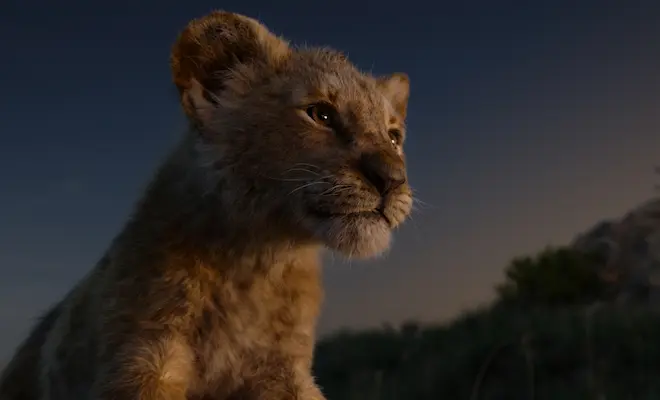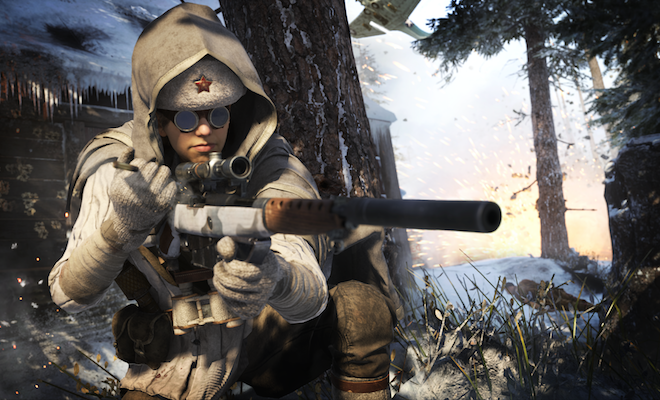Let’s get something out of the way. First off, the new version of Disney’s The Lion King is not a “live action remake.” Not even close. Director Jon Favreau used hyper-realistic computer generated imagery and VR filmmaking to create the pride lands and its inhabitants. In fact, only one shot in the entire film was of a real thing. Everything else is photo-real CGI, created in a computer and shot in a virtual reality setting, and it looks incredible.
That hyper-realism is what drives this version of the 1994 classic, as everything is so lifelike that it is a whole new experience to watch, even if you know the story beat-by-beat. There are new lines, new character motivations, a new song, and by the end, the audience will see something they’ve never seen before. The Lion King looks just like a Disney Nature film, except the animals in the film occasionally break into song and dance numbers.
By now, I’m sure everyone knows the story of The Lion King, so a full scale rehash is unnecessary. Mufasa (James Earl Jones) is king; his son, Simba (JD McCrary and Donald Glover) is destined to assume the throne one day; Mufasa’s brother, Scar (Chiwetel Ejiofor), is jealous of the king, his son and everything; and tragic things happen where Simba is exiled and Scar assumes the throne. While the main story is largely by-the-book compared to both the original and the Broadway musical, there are some new wrinkles.
The biggest, by far, is Scar’s attempts to coerce Sarabi (Alfre Woodard), Mufasa’s widow, to be his queen. His creepy, lustful pursuit of the lioness brings the story closer to Shakespeare’s Hamlet, from which the main story is based on. There is also more emphasis placed on the rivalry and history between Mufasa and Scar. In this version, the audience gets a better understanding that some not-so-brotherly stuff went down between the siblings before we joined during the film’s opening number and presentation of Simba. And it better drives Scar’s motivations for the rest of the film.
The Lion King is not a shot-by-shot remake. Favreau does an admirable job interpreting certain scenes — including the showstopping “I Can’t Wait to be King” number, which still has all the flare of the original, but is blocked and executed with more realistic overtones with all the animals around the watering hole. And it works.
I found great joy watching the characters interact and converse with each other with this level of hyper-realism. These constructs are modeled after the real animals, so there are some differences. Lions can’t actually smile, so, no, Mufasa doesn’t smile in this film. Scar doesn’t roll his eyes, and Nala (Beyonce) doesn’t seduce adult Simba with her eyes like in the hand-drawn animated original. This is not a detriment to the experience, but an enhancer. Knowing going in that these are not real lions and not a real savannah, and that all of this is created with computer imaging, The Lion King is a technological triumph of filmmaking.
These faces are so incredibly realistic that in the scene just after young Simba (McCrary) and Nala (Shahadi Wright Joseph) are rescued from the hyenas at the elephant graveyard, when Mufasa tells Zazu (John Oliver) to take Nala home, she does a side-glance thing with her eyes that I see my house cat do daily. I’m sure fellow cat owners know that I’m talking about, and something so incredibly subtle was nailed to perfection by Favreau and his crew. Amazing.
The real standouts of this version of The Lion King are Timon and Pumbaa (Billy Eichner and Seth Rogan). Out of all the characters under the most intense microscope, it was these animal versions of Rosencrantz and Guildenstern. Eichner steals the film with his performance, and Rogan plays his partner with just enough buffoonery as to not cross the line — and still maintain some uniqueness to this production. Eichner’s Timon had me belly-laughing constantly, and my desire to see this film again and again is solely because of his take on the wise-cracking meerkat.
In addition to Eichner and Rogan, Ejiofor’s Scar is absolutely phenomenal. Scar is one of the best all-time Disney villains, and Ejiofor takes that character to a new level of evil. And he does it solely with his voice. No matter how many times you’ve seen The Lion King, or in what medium, this version of the film is must-see just for these three performances. They are that good.
Beyonce, who voices adult Nala, contributed a new song to the soundtrack, “Spirit.” I didn’t find this one as jarring as the new track in the Aladdin remake from earlier this year, but I was perplexed that this song made it into the film proper, while the stellar Broadway production song, “He Lives In You,” was relegated to the end credits. Elton John and Tim Rice, the original songwriting team from the 1994 film, also reunited for a new song that plays during the end-credits, “Never Too Late.”
The Lion King is a beloved classic that generations of fans have watched and watched again, either in the original animated form, or the Broadway musical — or both. Jon Favreau’s version enhances the experience, giving a new take on the classic story — and a new, gorgeous way to view it. To anyone that thinks this movie shouldn’t exist, you are wrong.
The technology is here that allows a gifted filmmaker like Favreau to retell this story in a new, exciting, and eye-poppingly realistic way, and it should be celebrated. If you don’t believe me, go see it for yourself. You’ll understand. The king has returned, and he’s never looked better.
The Lion King is rated PG-13 and is in theaters on July 19.



